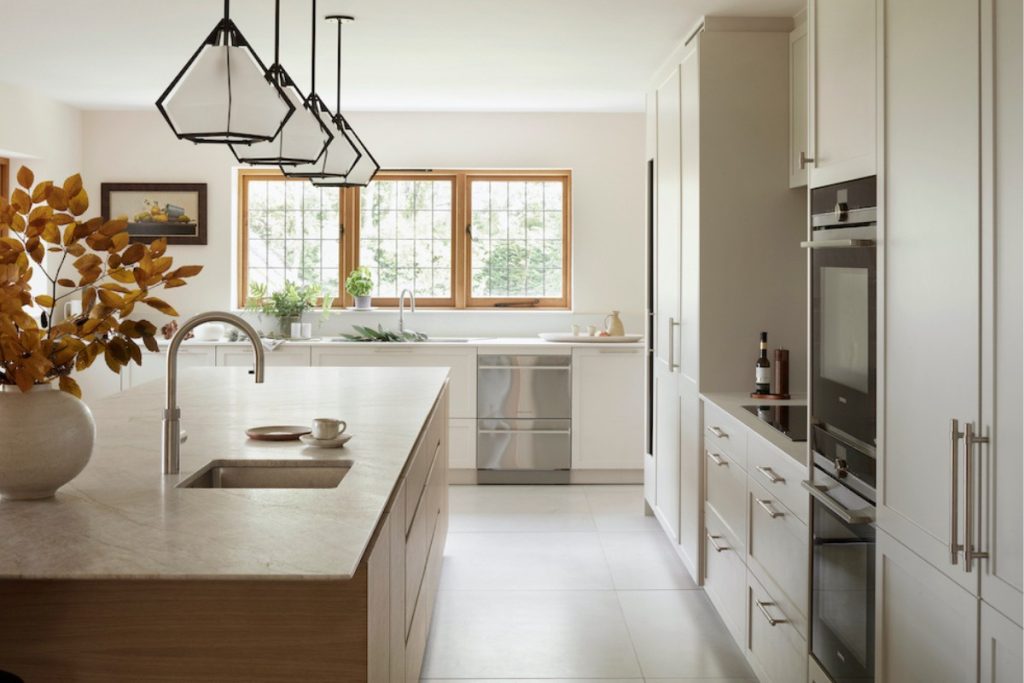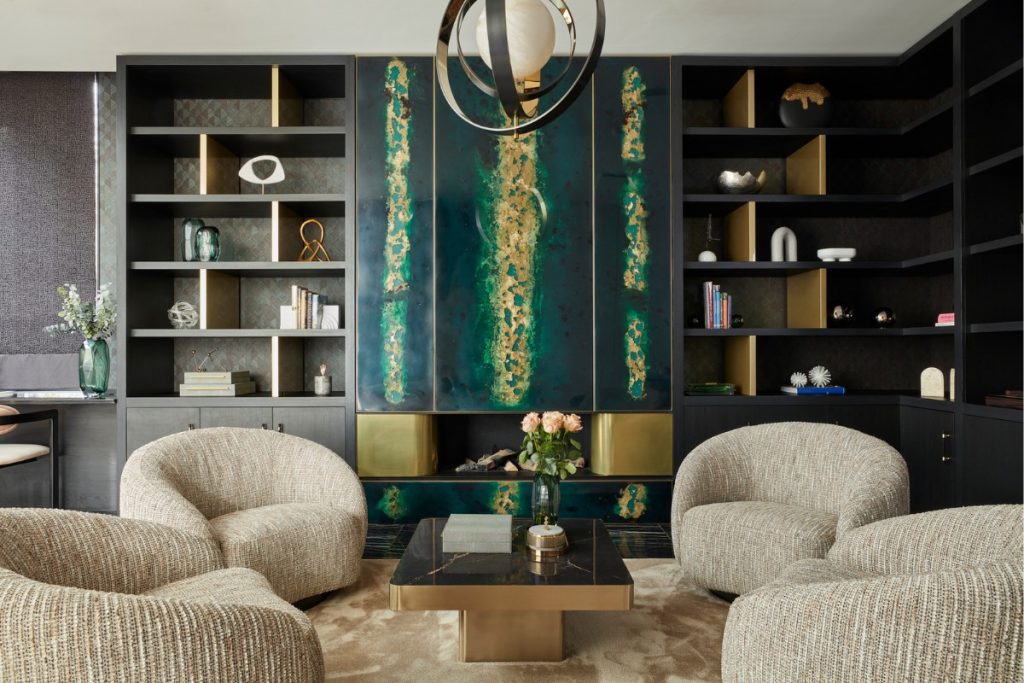 1st April 2024 | IN DESIGN ADVICE | BY SBID
1st April 2024 | IN DESIGN ADVICE | BY SBIDAre you dreaming of a kitchen that perfectly matches your style and needs? Look no further than a bespoke kitchen designed just for you, such as those created at Ledbury Studio. Working with a kitchen designer can bring your vision to life and create a space that is both functional and beautiful.
Here, Charlie Smallbone, founder of Ledbury Studio, rounds up his essential five steps to working with a bespoke kitchen designer.
1. Choose the Right Designer
The first step is finding the right professional for your project. Take the time to research different designers to ensure they have the experience and expertise in creating custom kitchens. It is also important to meet with potential designers in person to discuss your ideas and see if you have a good rapport with them. Chemistry is key in any relationship, and that includes the one you’ll have with your designer!
But, how do you really know if the designer sitting in front of you is the one for your project? Ask to see previous work. Looking at their portfolio allows you to see if their style matches your own. And if you’re still in doubt, ask to speak to a previous client. This will provide an invaluable glimpse into the creative process of your potential designer and their problem-solving abilities.


2. Clearly Communicate Your Vision
Once you have selected a designer, it is crucial to communicate your vision clearly. Start by gathering inspiration from magazines, websites and social media platforms, and create a mood board to showcase your ideas. Share this with your designer to give them a better understanding of your aesthetic preferences. Remember, a picture is worth a thousand words! For example, in our Camden kitchen, the client showed us an image of a 1970s screen she’d found in an antiques shop and requested a version of it for her kitchen. Inspired by this, I created this screen of brushed and polished stainless steel that can be used to divide the room, as required.
Apart from aesthetics, it is important to think about how you’ll be using your kitchen. Are you the ultimate host, needing a huge island for entertaining? Or perhaps you’re a culinary whiz with a big family and need space for all your cooking essentials. By clearly communicating any practical requirements to your kitchen designer, they can whip up a design that’s both stunning and perfect for your lifestyle.

3. Set Your Budget
Before starting your kitchen renovation project, it’s important to have a heart-to-heart with your designer about the all-important budget! By laying out your financial expectations from the get-go, you and your designer can work together to create a plan that matches your wallet. This ensures you won’t have to sacrifice your dream kitchen and helps your designer find the best quality materials, appliances and finishes to fit within your budget. Without a clear budget in mind, it’s easy to get swept up in flashy, pricey ideas that can come with big, surprising expenses later on. So, define your budget and ensure all costs stay within it.


4. Expect Lots of Questions
At the start of any kitchen design journey, a designer is like a detective with a million questions, trying to get inside your life to figure out how you live. Why? Because every home chef is unique and has different needs. A good case in point is the Hackney kitchen, where the homeowners were such keen entertainers that they requested a bar area next to the dining table. Meanwhile, in our latest design, the Hampstead kitchen, the clients asked not only for a drinks cabinet next to the table, but also a breakfast cupboard conveniently placed just behind the breakfast bar. By chatting about your cooking style, entertaining preferences and daily routines, your designer can get the lowdown on how your kitchen should be designed.
5. Collaborate and Provide Feedback
Finally, working with a bespoke kitchen designer is a collaborative process. Your designer will present you with initial design concepts and it is important to provide feedback and ask questions. Remember, the design process may involve several iterations before reaching the final design, so be patient and provide constructive feedback to guide the design in the right direction. Your kitchen will probably be the biggest investment you make in your house, so it is worth going the extra mile to make sure it exceeds expectations!
Prices for a Ledbury Studio kitchen start from £70,000.
About Ledbury Studio Ltd
Charlie Smallbone needs little introduction. The founder of iconic brand Smallbone of Devizes, he has been pushing the boundaries of kitchen design for over 40 years. Charlie’s latest venture, Ledbury Studio, was born of his desire to harness the beauty of original materials whilst creating practical kitchens that exude style and elegance.
If you’d like to feature your news or stories on SBID.org, get in touch to find out more.
If you’d like to become SBID Accredited, click here for more information.



